Designers / Karl Lagerfeld
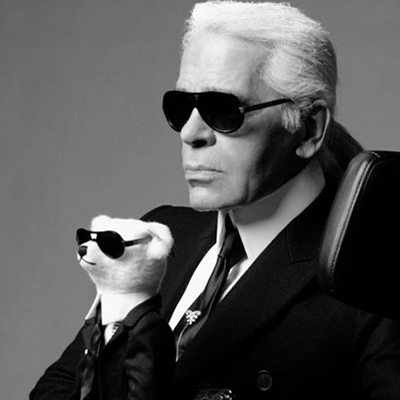
Karl Lagerfeld
Founded in 1980
Designer name: Karl Lagerfeld
Germany:


Karl Lagerfeld's Logo

Karl Lagerfeld short perfume brand description
Perfumetr represents a list of all Karl Lagerfeld perfume and price comparison.
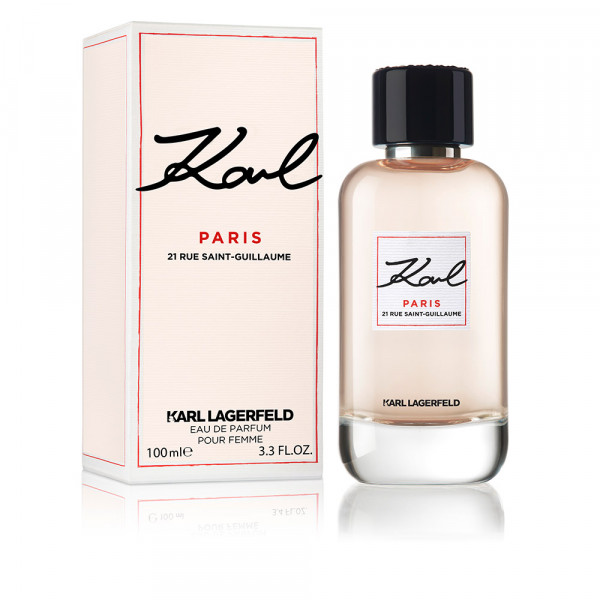
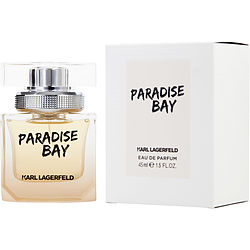
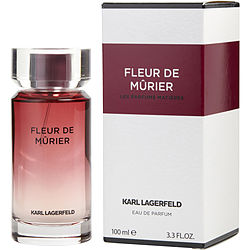
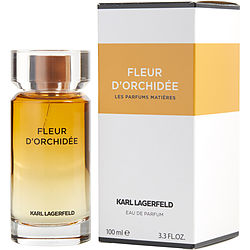
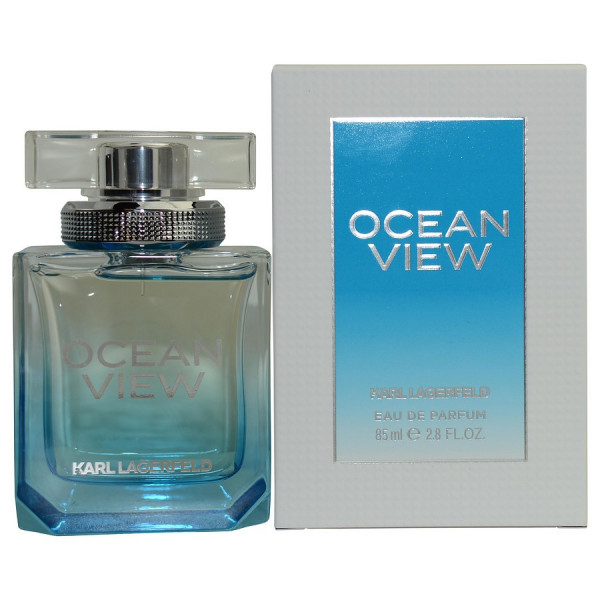
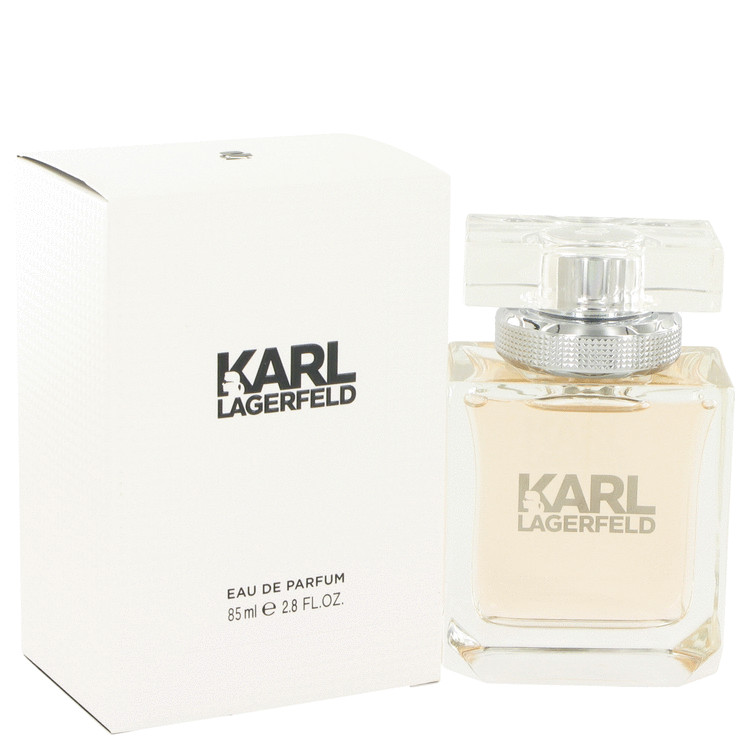
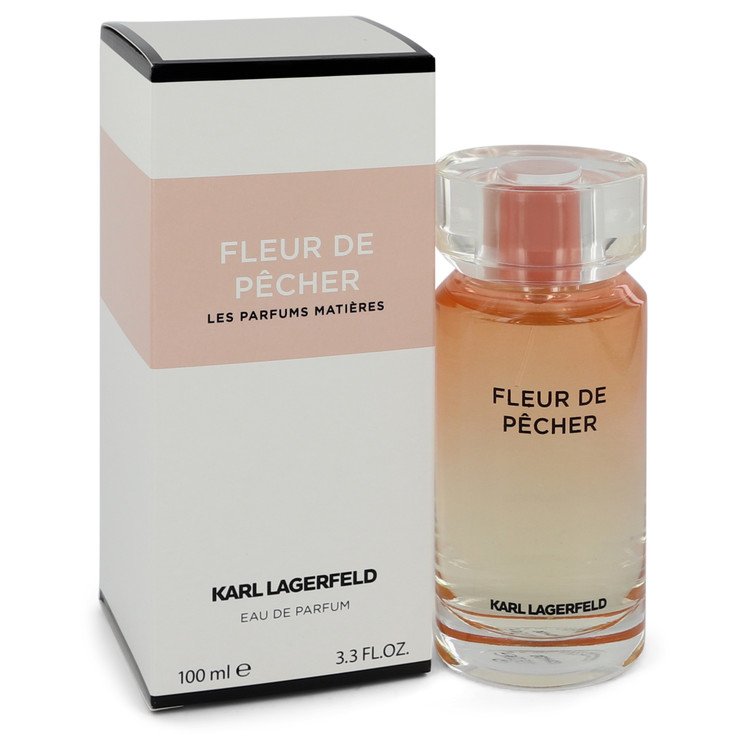
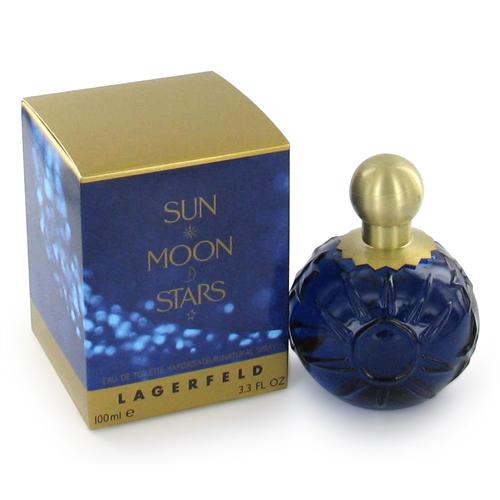
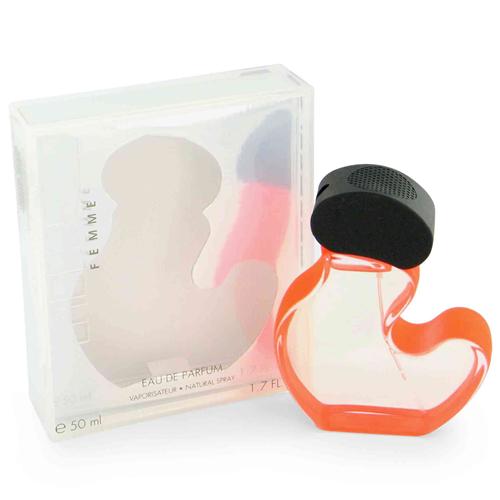
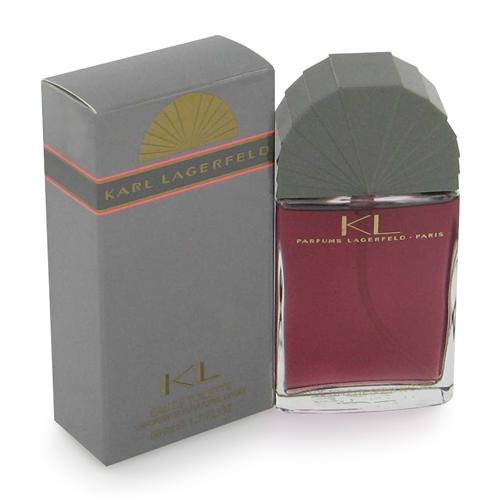
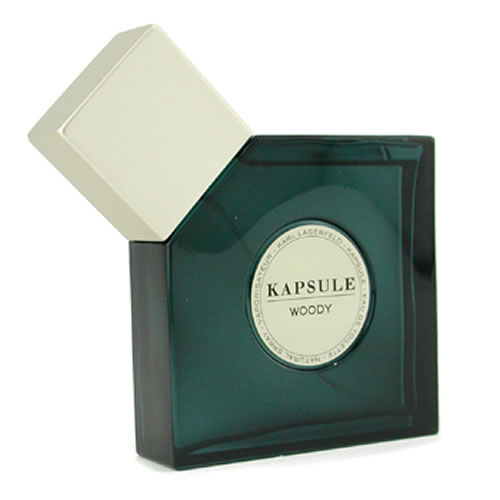
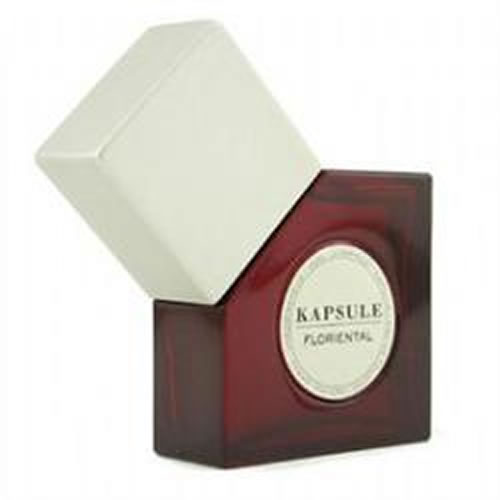
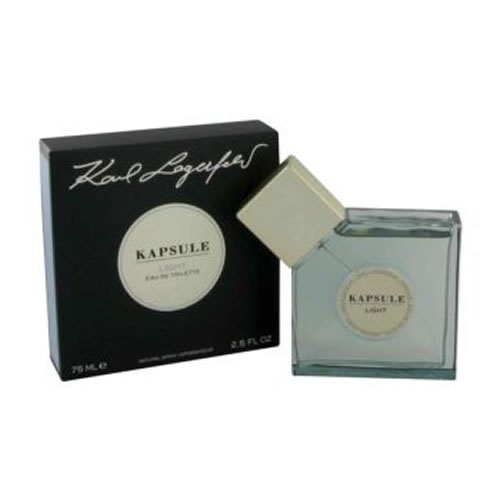
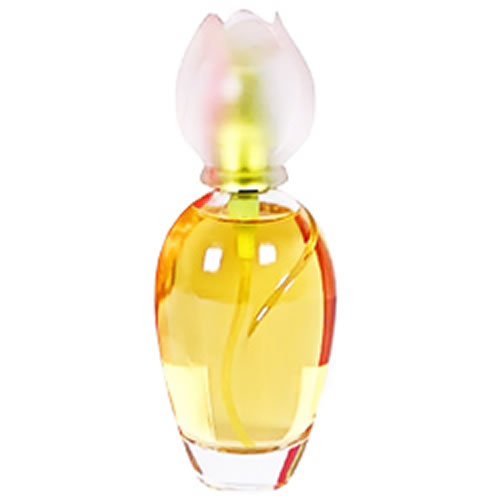
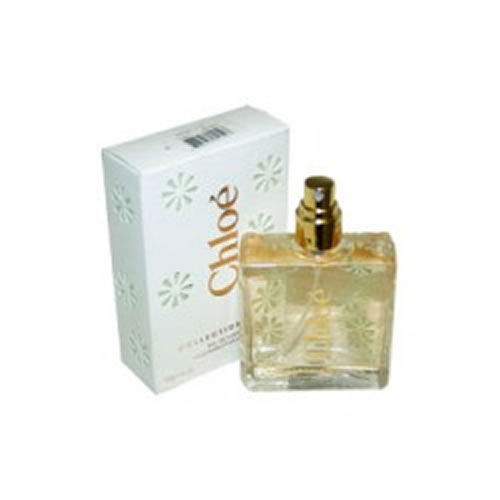
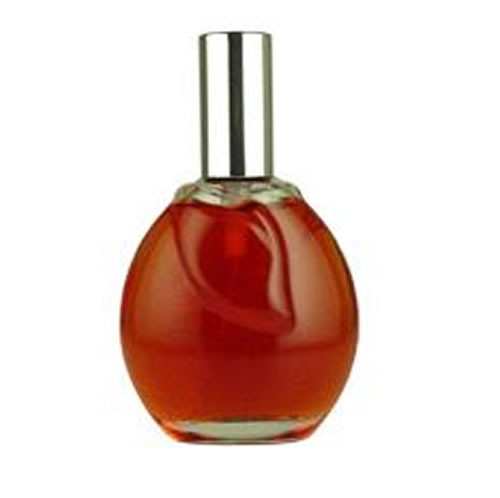
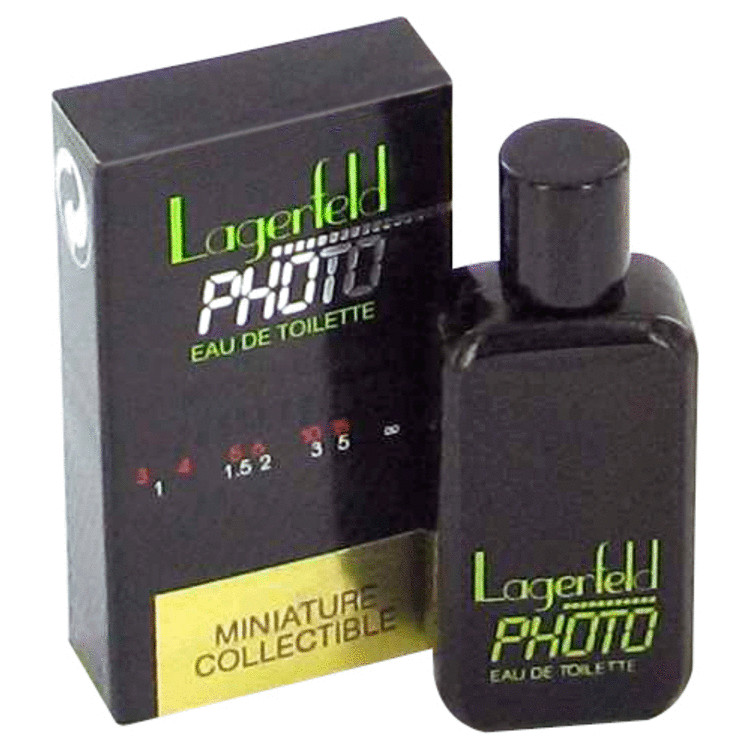
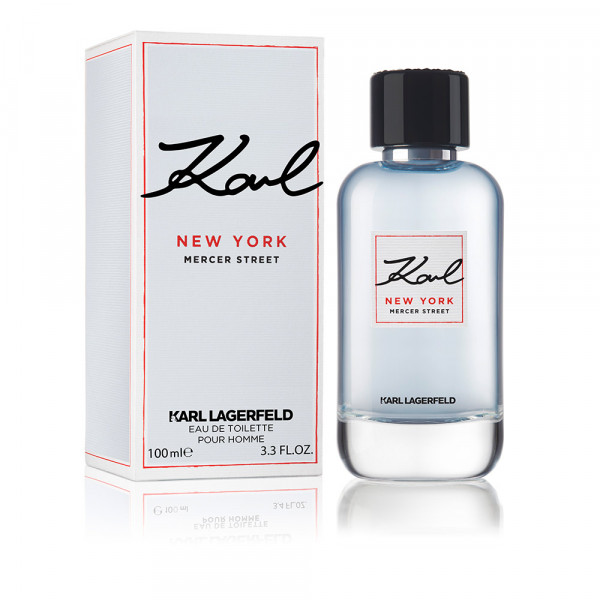
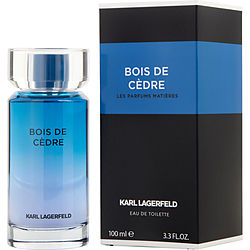
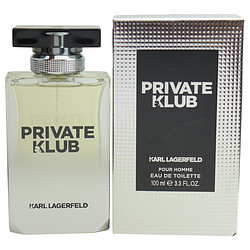
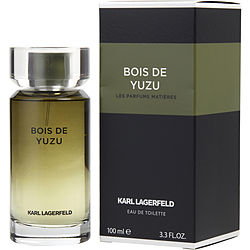
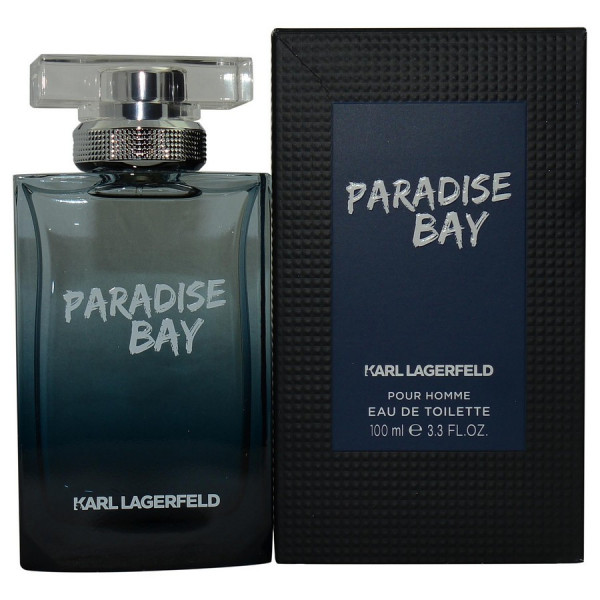
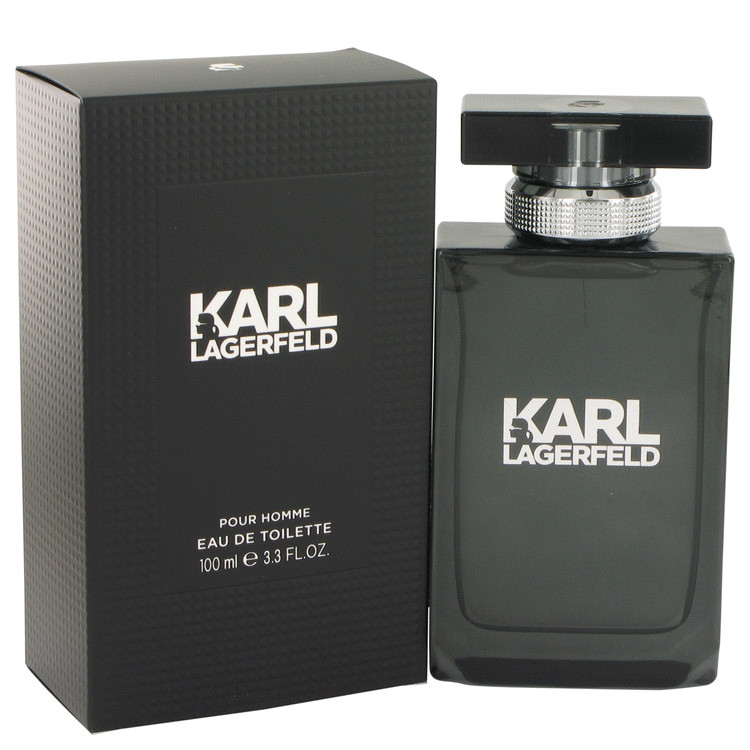
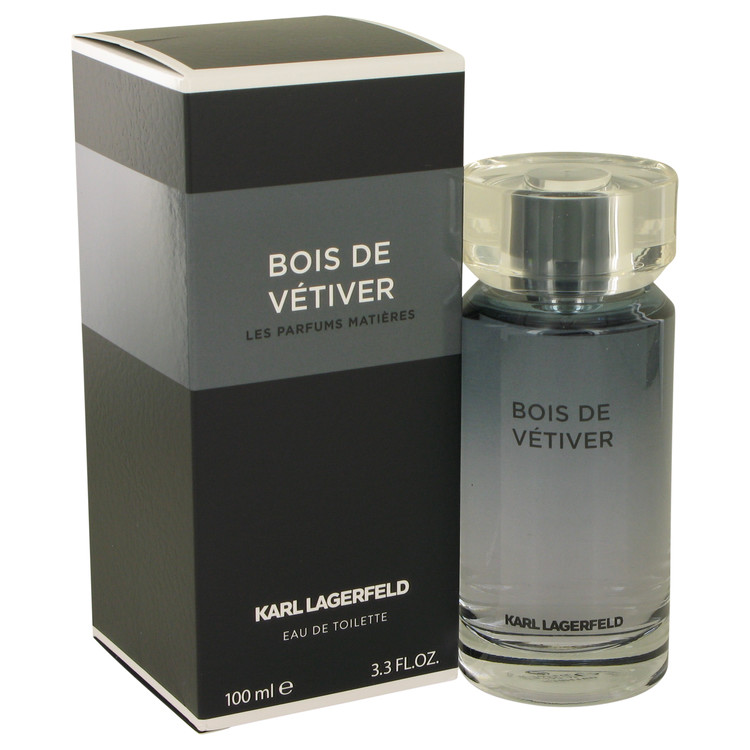

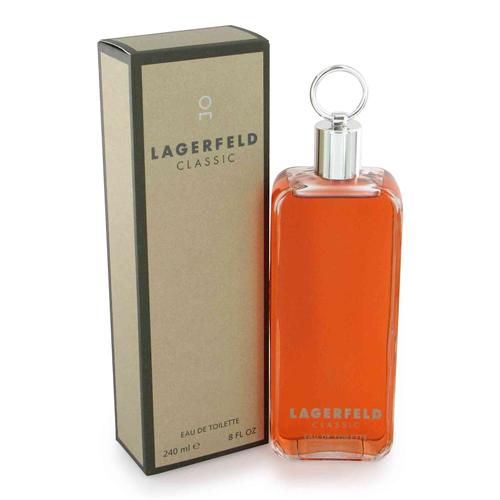
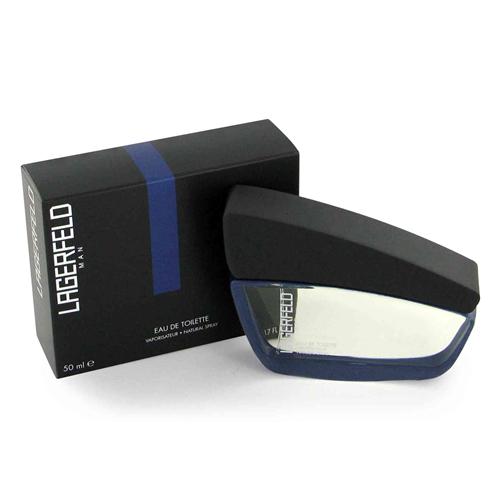
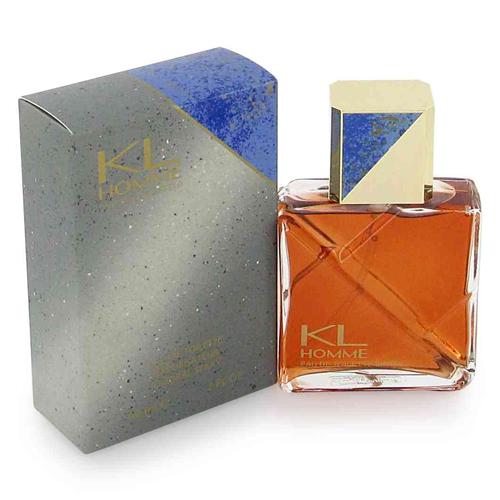
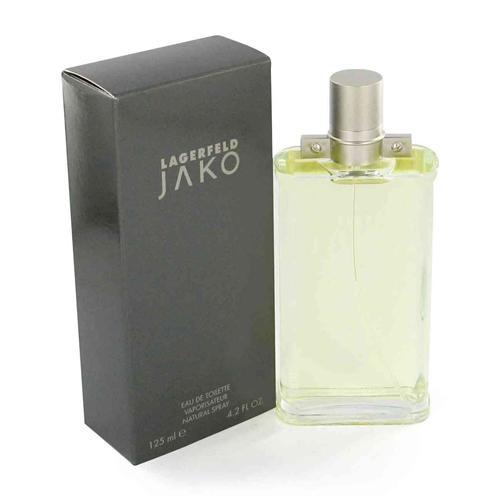
In 1955, at the age of just 17, Lagerfeld was awarded a position at Pierre Balmain, after winning a competition sponsored by the International Wool Secretariat (the coat he had designed for the contest was later put into production by Balmain). In 1958, he left to take up a job with Jean Patou, which gave him an invaluable knowledge of couture but apparently very little pleasure. After just one year, he quit to work as a freelance designer for such fashion houses as Krizia, Charles Jourdan and Valentino. By 1964, he had grown so disillusioned with the world of haute couture that he left Paris altogether to study art in Italy.
In 1967, Karl Lagerfeld returned to fashion, joining Fendi as a design consultant. In the Seventies, however, his name was more closely associated with the house of Chloe, where he was given carte blanche to produce exquisite floaty and feminine ready-to-wear collections which claimed to rival contemporary couture. His 1972 Deco collection, which consisted of black and white prints and clever bias-cutting, brought him worldwide acclaim. He produced his last collection for Chloe - now designed by Phoebe Philo - in 1983 to move to Chanel (though he did return briefly in 1993, to replace outgoing designer Martine Sitbon).
At the same time as taking on the title of director of collections and ready-to-wear at Chanel, Karl Lagerfeld launched his own-name label, now synonymous with strong tailoring, combining easy-to-wear cardigan jackets in his favourite bright colours and softly shaped knitwear to create what he describes as "intellectual sexiness". Meanwhile his designs for the super-chic French fashion house, a fusion of pre-war Chanel and contemporary trends, carried the label to the pinnacle of high fashion in the Eighties and Nineties. Notable moments of his career at Chanel include teaming the traditional box jacket with denim mini skirts in 1991, combining club-influenced black fishnet bodystockings with the traditional Chanel camellia placed cheekily over the breasts and matching hefty lace-up boots with flowing georgette skirts and leather jackets. By 1997, Vogue had crowned him the "unparalleled interpreter of the mood of the moment".
Despite moving from label to label, Lagerfeld has managed to retain a sense of his own style throughout his career. His success lies in an ability to make a bold statement and he is never afraid to try something new. He has also maintained a sense of humour throughout his designing that has produced such legendary pieces as a shower-dress, with beaded water streaming down the front; a car-dress with a radiator grille and fender, and a multitude of outstandingly eccentric hats, from armchairs to cream cakes, translating Chanel trademarks such as the quilted handbag into a range of seasonal must-haves, including the handbag earring, the handbag hat, the doll-sized shoulder bag, the quilted hip bag, the quilted Alice band and the outsize baguette bag.